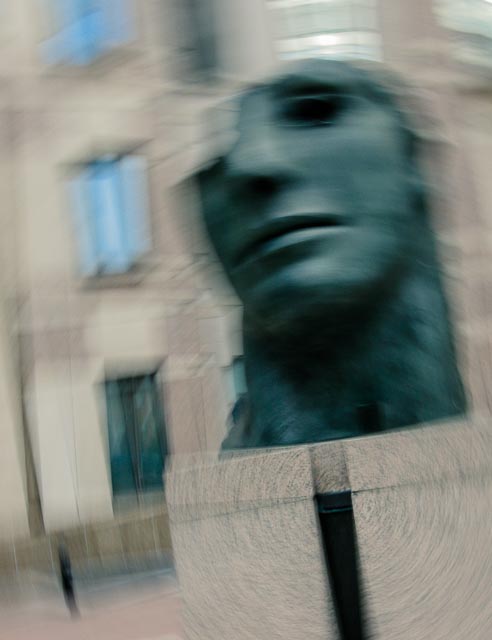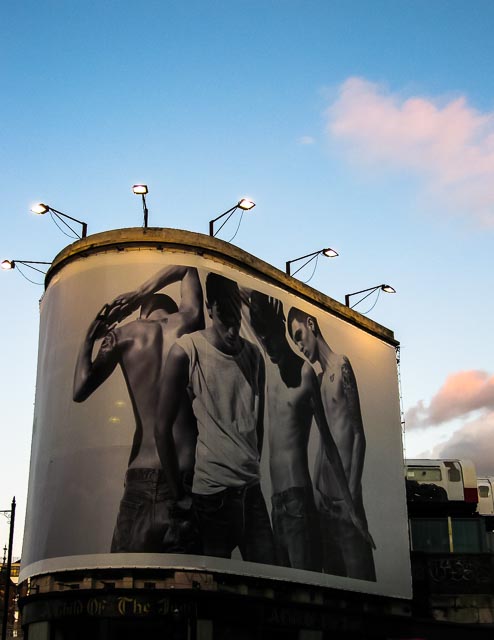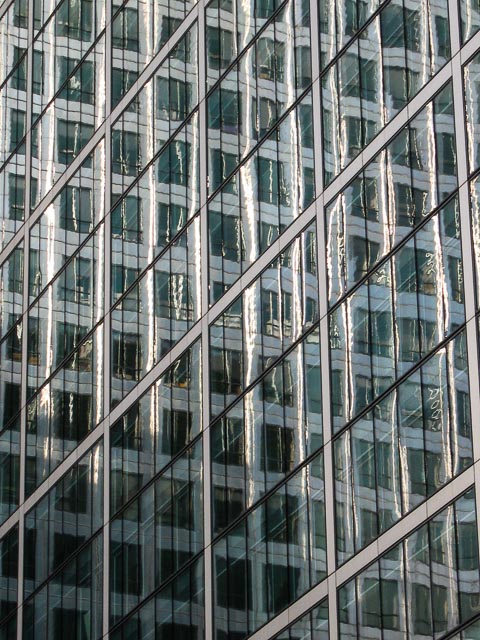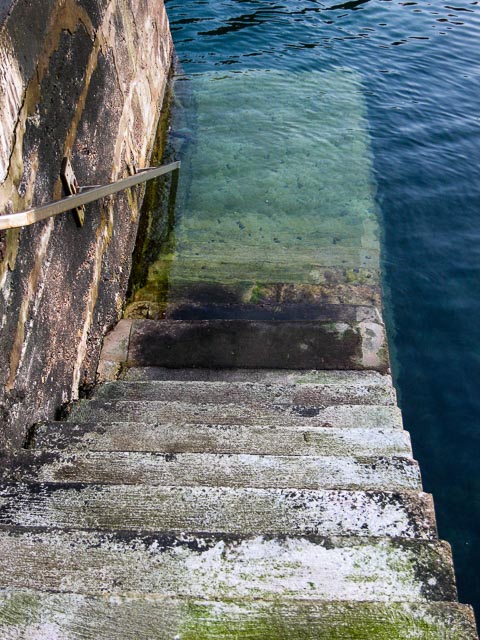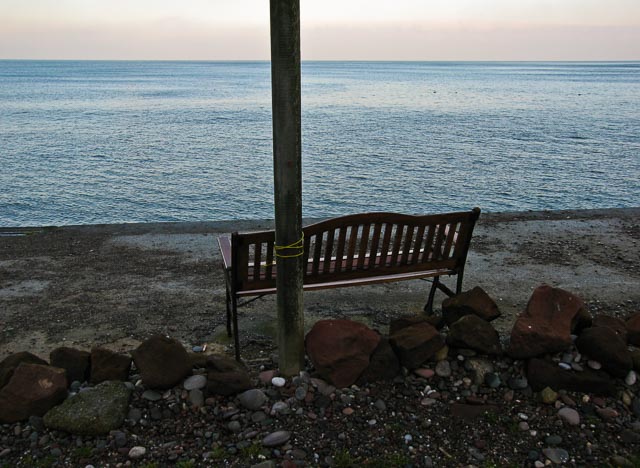Canon PowerShot S80

| Launch date | August 2005 |
|---|---|
| Camera type | Compact advanced digicam with tunnel type optical viewfinder |
| Camera size | 104 x 57 x 39 mm 290 grams (inc. battery) |
| Sensor type | CCD |
| Sensor size | 1/1.8" (7.1 x 5.4 mm) |
| Resolution | 3264 x 2448 (8 megapixels) |
| Memory card | SD |
| Battery | NB-2LH/NB-2L |
| Lens | 5.8 - 20.7mm f/2.8–5.3 (35mm equiv. 28 - 100 mm, 3.6x zoom ratio) |
If you just want to see some photographs, skip straight to the results section.
The Canon PowerShot S range began with the PowerShot S10 in 1998 as an upmarket counter-part to Canon's mainstream PowerShot A range. But with the launch of Canon's advanced PowerShot G range with the G1 in 2000 the reason d'etre of the PowerShot S range changed somewhat: it became a compact alternative to the PowerShot G range, packaging most of the advanced features and manual controls of the G models into a much smaller and more portable body. That relationship between the PowerShot G and S ranges remained consistent until the final models with smaller than 1" sensors (the G16 and S120) were launched in 2013
My experience with the PowerShot S range began with the purchase of a discontinued and heavily discounted S45 in 2004. I used this camera extensively for about a year before leaving it in Marks & Spencers when shopping in Edinburgh city centre in 2005. I realised what had happened within 5 minutes of leaving the shop and hurried back, but wasn't really expecting to find it still there, and indeed it been picked up by someone else… The search was on for a more recent PowerShot S camera as a replacement, but it took me a while to find one at a price I was happy with. But Christmas 2006 that finally happened with the purchase 2nd hand of this 8mp PowerShot S80 (launched in 2005 as the compact counter part to the Canon PowerShot G6).
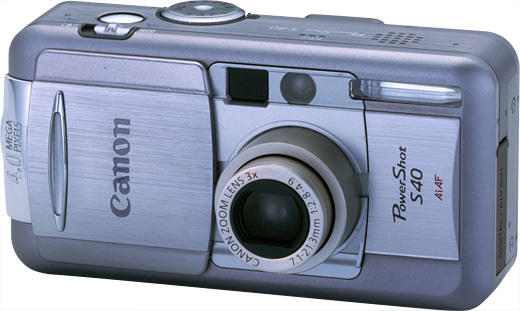 The PowerShot S models, from the S30 and S40 in 2001 to the S70 in 2004, all had basically the same rectangular body shape, metallic finish, and somewhat industrial design language. But there was a shift for the S80 to a look more focussed on style and luxury with a glossy "piano-black" sliding lens cover on the front, and mock-leather accents on the top and sides. The S80 is indeed a very stylish camera with, I think, a largely successful design, even if it is very slightly plasticky. But I still preferred the earlier style and I remember really wanting the S70 model, but I was unable find one at a price I was happy with, so I settled for the S80. There was another reason I wanted the S70: it was the final camera in the PowerShot S range to feature the RAW file format. But having said that I was alway very happy with the JPEG from the S80! The S80 shared the 28-100mm equiv. zoom lens that featured on the S60 and S70 models, which was still somewhat rare in 2005.
The PowerShot S models, from the S30 and S40 in 2001 to the S70 in 2004, all had basically the same rectangular body shape, metallic finish, and somewhat industrial design language. But there was a shift for the S80 to a look more focussed on style and luxury with a glossy "piano-black" sliding lens cover on the front, and mock-leather accents on the top and sides. The S80 is indeed a very stylish camera with, I think, a largely successful design, even if it is very slightly plasticky. But I still preferred the earlier style and I remember really wanting the S70 model, but I was unable find one at a price I was happy with, so I settled for the S80. There was another reason I wanted the S70: it was the final camera in the PowerShot S range to feature the RAW file format. But having said that I was alway very happy with the JPEG from the S80! The S80 shared the 28-100mm equiv. zoom lens that featured on the S60 and S70 models, which was still somewhat rare in 2005.
The Canon PowerShot S80 in use
This camera was not bought as a collectable, but as a user. And for about 4 years this camera saw some fairly heavy use as my main carry-everywhere camera, with the result that there are about 3,000 S80 shots in my catalogue. And I have to say I loved it, even though it was really the S70 I wanted! It might not have been quite in the ultra-compact range, but it was still very pocketable and easy access carry around. The 28-100mm equiv. zoom range was super useful and the easy access to manual modes using the mode dial on the upper right hand side of the body made it easy to indulge in some slightly more creative techniques such as the "intentional camera (and/or subject) movement" shots you can see below. It may only have been able to capture JPEG files, but the files never-the-less responded well to post-capture adjustments, including b&w conversion in either Lightroom or Nik Silver Efex Pro.
The Canon PowerShot S80 results
Canon boasted in the brochure for the S80 that you could print the files up to A2 in size with "incredible detail"… that may have been marketing hyperbole, but this camera was never-the-less capable of very nice results. Low-light images have plenty of noise, but once that had been treated with some noise reduction in Adobe Lightroom the results where still very pleasing.
Below you can see some examples of the kind of everyday, walk-around, snapshots (with the occasional dive into more creative techniques) that this camera was so good for. Many of these are the kind of shot I would just never have taken if this camera hadn't been small enough to carry with me pretty much everywhere I went!

